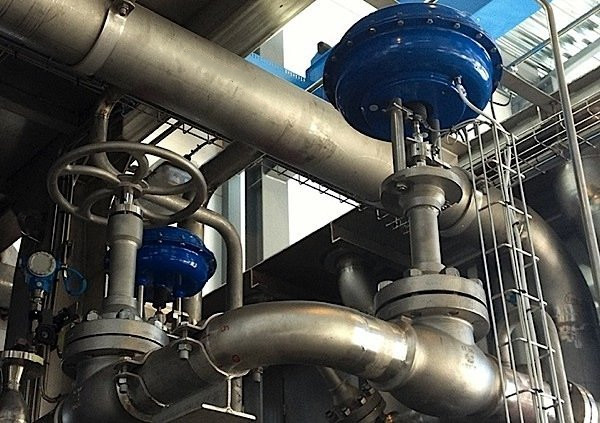Rebar, short for reinforcing bar, is a critical component in construction, providing the necessary tensile strength to concrete structures. Used extensively in foundations, bridges, buildings, and more, rebar ensures the durability and stability of concrete by preventing cracking and extending the lifespan of the structure. This article explores the importance of rebar, its various types, and how it integrates with other construction materials, including geotextiles.
What is Rebar and Why is it Used in Construction?
A rebar is a steel bar or mesh of steel wires that is embedded in concrete to enhance its tensile strength. While concrete is strong in compression, it is weak in tension. Rebar compensates for this by reinforcing the concrete, making it more resistant to tension and thereby preventing cracks. This makes rebar essential in the construction of any concrete structure, from residential buildings to large infrastructure projects.

What Are the Different Types of Rebar?
There are several types of rebar, each suited for specific applications:
- Carbon Steel Rebar: The most common type, known for its strength and versatility.
- Stainless Steel Rebar: Offers superior corrosion resistance, ideal for environments exposed to moisture or chemicals.
- Epoxy-Coated Rebar: A cost-effective solution for protecting against corrosion, commonly used in marine and coastal constructions.
- Glass Fiber Reinforced Polymer (GFRP) Rebar: A lightweight, non-corrosive alternative, used in projects where weight is a concern.
Each type of rebar serves a specific purpose, depending on the environmental conditions and structural requirements of the project.
How Does Rebar Work with Geotextiles in Construction?
Rebar and geotextiles often work together in construction projects to enhance the structural integrity of a site. Geotextiles are permeable fabrics used in construction to separate, filter, reinforce, and protect soil. When combined with rebar in concrete foundations or retaining walls, geotextiles help prevent soil erosion, improve drainage, and stabilize the ground. This combination ensures that the foundation remains strong and the concrete structure is less likely to crack or shift over time.
What Are the Best Practices for Installing Rebar?
Proper installation of rebar is crucial for ensuring the strength and longevity of a concrete structure. Here are some best practices:
- Correct Placement: Rebar should be placed at the correct depth within the concrete to provide maximum reinforcement. It is usually positioned in the tension zone where the most stress occurs.
- Adequate Spacing: The spacing of rebar should be consistent and follow the design specifications to ensure uniform strength throughout the concrete.
- Secure Tying: Rebar should be securely tied with rebar ties or wire to prevent movement during concrete pouring.
- Proper Coverage: Rebar should have adequate concrete cover to protect it from exposure to moisture and chemicals that could cause corrosion.
Rebar is a fundamental material in construction, providing the necessary tensile strength to concrete structures and ensuring their durability and longevity. Understanding the different types of rebar and their applications helps in selecting the right reinforcement for each project. Additionally, the integration of rebar with geotextiles enhances the overall stability of construction projects, making them more resilient against environmental factors. Proper installation and maintenance of rebar are essential for the safety and effectiveness of any concrete structure.